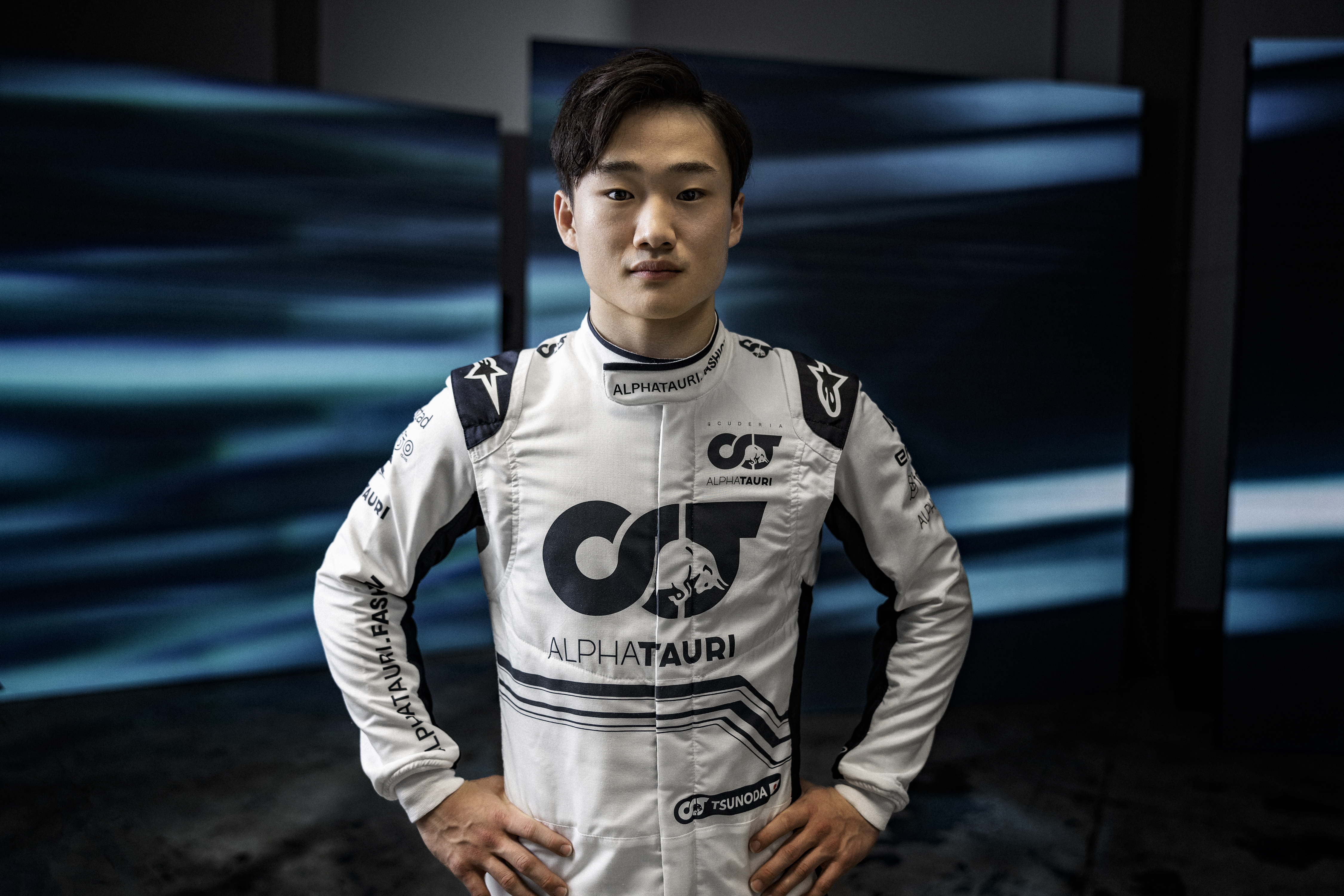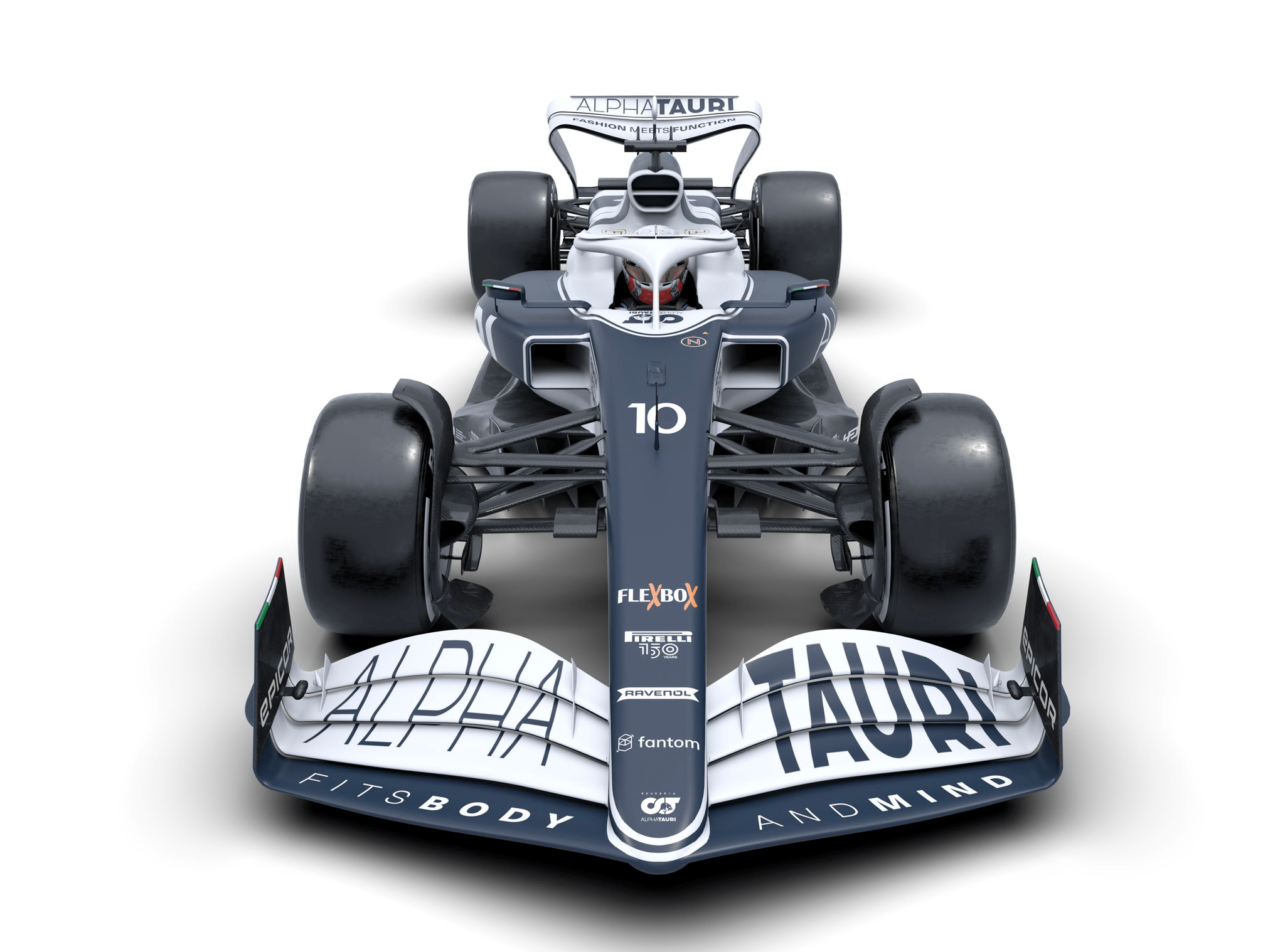Up Next

Yuki Tsunoda hopes his experience of Formula 2 will help with Formula 1’s switch to 18-inch wheels, and how that will affect the handling characteristics of the new 2022 cars.
Among the major technical rule changes for the new generation of F1 cars is a switch from 13-inch to 18-inch wheels and low-profile tyres.
Combined with a switch to a major reliance on ground-effect aerodynamics, the new cars have been tipped to require a much stiffer set-up and moving around a lot more.
Teams had chance to test the 18-inch wheels last year using ‘mule cars’ that were adapted versions of existing F1 designs with reduced downforce levels to simulate the 2022 loads.
Tsunoda has compared to change to when he moved into Formula 2 when the support series made its own switch to bigger wheels and low-profile Pirelli tyres in 2020.
Tsunoda finished third in F2 that year, just 15 points adrift from champion and current Haas F1 driver Mick Schumacher.
“The car generally feels a lot sharper, with sharper movement and over a long run,” said Tsunoda.

“The bigger wheels give you a completely different feeling to that on the old 13-inch tyres.
“I’ve experienced this feeling before because when I raced in Formula 2, we made the same switch to 18 inches and I felt the same difference there.
“It felt like a similar step, so I think I can use the experience I had in F2.
“But it’s not just the tyres that change this year, the new car means there are lots of changes for 2022 to learn about and adapt to.”
This is not the first time the F2 car has been used as a benchmark for what F1 drivers might expect this year.
McLaren’s Daniel Ricciardo said that “a lot of the comparisons” he’s heard are with the F2 car.
The expectation is that there will be less margin for error for drivers because the grip will break off and the car could quickly snap.

“Aesthetically it’s a big change, it also makes the cars heavier and affects the way they drive, and I think it adds yet another element and challenge on top of all the other changes to the cars,” Gasly said.
“They also slightly reduce visibility from the cockpit, especially with those new wheel covers.
“This, along with all the other changes to the car, means that there will be a lot of work to do in free practice at every race weekend.”
As well as being an interesting driving challenge, this is also expected to be an area the teams rapidly find extra performance.
The wheel and tyre still have a significant influence on aerodynamic behaviour, so even with some standardised components – like the wheel cover – this is an area of the car AlphaTauri technical director Jody Egginton thinks “we can find performance as we develop our package”.
“The way the new tyres respond and work is different, and our vehicle performance group has been working hard to ensure that our 2022 car can exploit these characteristics,” said Egginton.
“This work will continue as we learn more about our car in season and there will be performance to be found during this process.”







